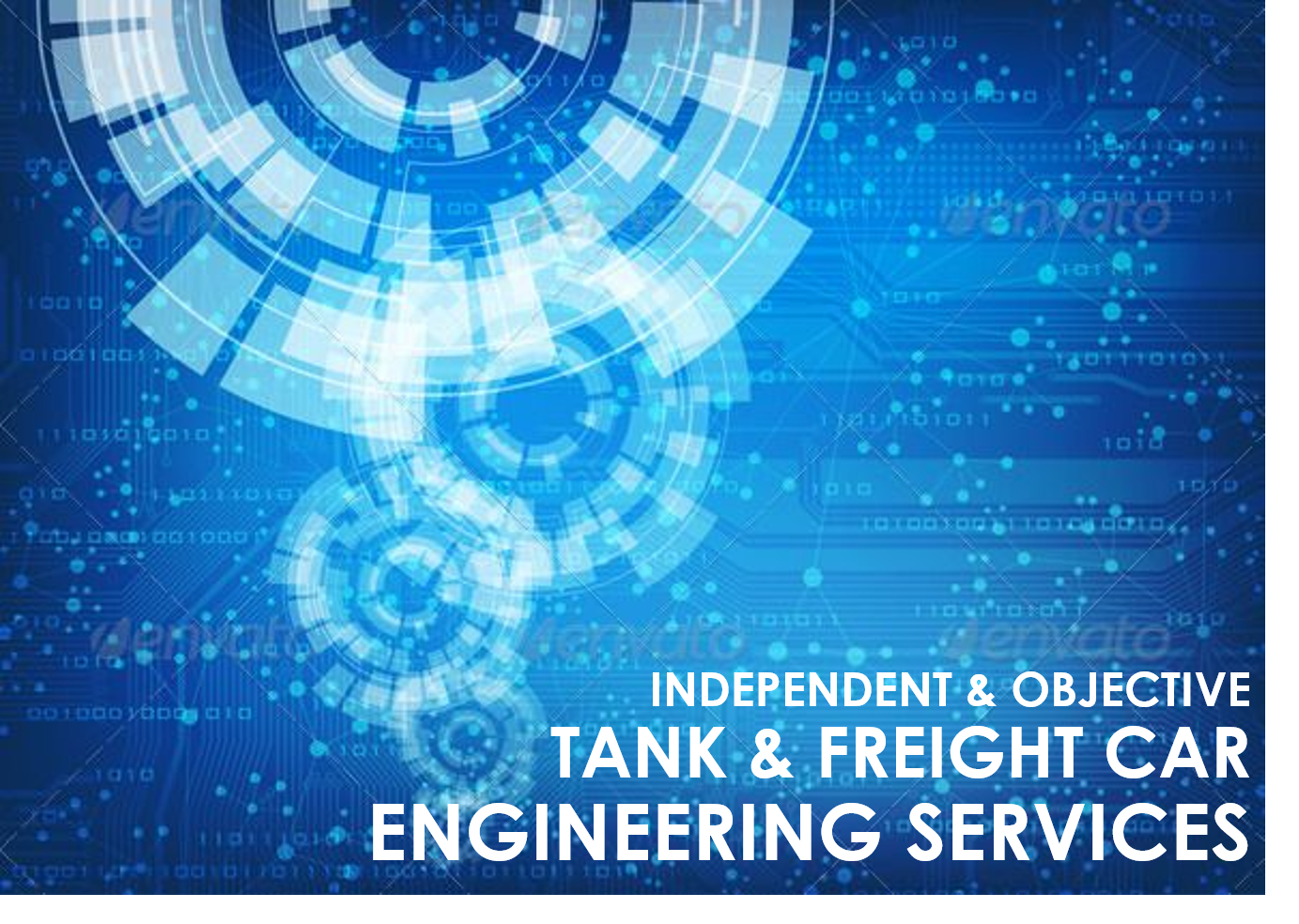21st Century Pressure Relief Valves for General Purpose Tank Cars
Is your Pressure Relief Valve the most capable at preventing a catastrophic event?
A pressure relief valve’s (PRVs) primary purpose is protection of life and property by venting fluid from an over pressurized vessel. In the event of a dangerous, over pressurized condition, a functioning PRD is the only safeguard from a catastrophic failure.
As the last defense, PRVs are designed to repeatedly open at a predetermined set pressure, flow at a rated capacity, at a specified overpressure and then close when the system pressure has returned to a safe level. There are numerous Industrial Standards that determine design and function of PRVs to ensure minimum standards and operating requirements, the most recognized being ASME and National Board of Boiler and Pressure Vessels. However, what happens when the vessel is mobile and reliability is directly related to removing as many outside mitigating factors and the inherent simplicity of the device?
In the Tank Car World (1982-2015)
Unlike stationary pressure vessels, tank cars exert extraordinary demands on its PRVs: - Constant loading/ unloading, thousands of miles of cars bumping up against one another, track vibrations and temperature changes. Historically, tank cars were not required to have a protective housing for service equipment. As such, PRVs were designed to be internally mounted to mitigate the effects of a derailment.
Absent of any options, internally mounted valves became the standard, even though they are relatively low flowing (on average 2,000-4,000 SCFMs) and their exposed spring are vulnerable to both corrosion from both the toxic liquid and vapor contents and excessive damaging lateral loads from liquid sloshing.
Crude by Rail – Unforeseen Problems…
In 2008, US oil production averaged 5 million barrels per day, that same year, a United States Geological Survey report estimated the Bakken Formation in North Dakota contained up to 4 billion barrels of readily recoverable oil using existing hydraulic fracking technologies.
Having averaged 98,000 barrels of production per day in 2005, by the end of 2010, production in the Bakken region was almost 500,000 barrels per day, far exceeding the then pipeline capacity. Crude by Rail became the default option (see table below).
All this success did not come without its problems. As demand for tank cars grew, more and more DOT111s were built. Unfortunately, Bakken crude being a lighter, more flammable grade of crude that also contained other impurities such hydrochloric acid (used in the fracking process) attacked both the cars shell and their carbon-steel service equipment. Combined, these factors were corroding and clogging up the internal PRDs at a much faster rate.
21st Century Thinking
Following the tragic events of the 2013 Lac-Mégantic, Quebec rail disaster, all the US rail authorities (FRA, AAR, RSI) and rail suppliers combined to design and spec a new, more robust solution.
Of the many discussions aimed at improving safety, discussions focused around Pressure Relief Valves, questioned how a pool fire should be contained (to assist emergency response crews) and what a maximum flow rate should be to mitigate a BLEVE.
The timing couldn’t have been better. Renowned as the default supplier within the ISO container world, Fort Vale met with the authorities and presented its range of externally mounted PRVs. Devoid of the internal issues, these PRVs were very low profile, anti-corrosive (100% stainless steel), ultra-high flowing and ingeniously, yet simply designed…
Fort Vale
With a long-storied history of engineering and manufacturing success. They design, engineer, test and manufacture all their valves in-house. There’s are the only PRVs that have been independently tested at an ASME and B.A.M certified facilities (as required by M-1002 Appendix A, Chapter 5), which are the only two global facilities capable of testing 30,000 SCFMs and above. Fort Vale also volunteered to work with the FRA to perform live pool fire testing at UL Labs in Chicago and at B.A.M. test facility in Germany using its valves in ethanol.
Why it Matters
Although all manufacturers follow AFFTAC modeling. Every pool fire will have a variety of unknown unique factors and there is no way to tell if the computer model was correct. It is a combination of their international experience in numerous modes of transportation and their desire to continually improve that has made Fort Vale the preferred choice of PRV for many of the leading Lessors and Shippers in North America. If your general purpose fleet is still using internal PRVs, you should ask yourself, how old is this design, how many times have I had to repair or replace this device, and should the worst of unimaginable scenarios ever occur, given what you’ve just read, shouldn’t you at least take a look at how a 21st century pressure relief device compares?
You can find more information on Fort Vales PRVs at: https://www.transquip.com/pressure-relief-valves






